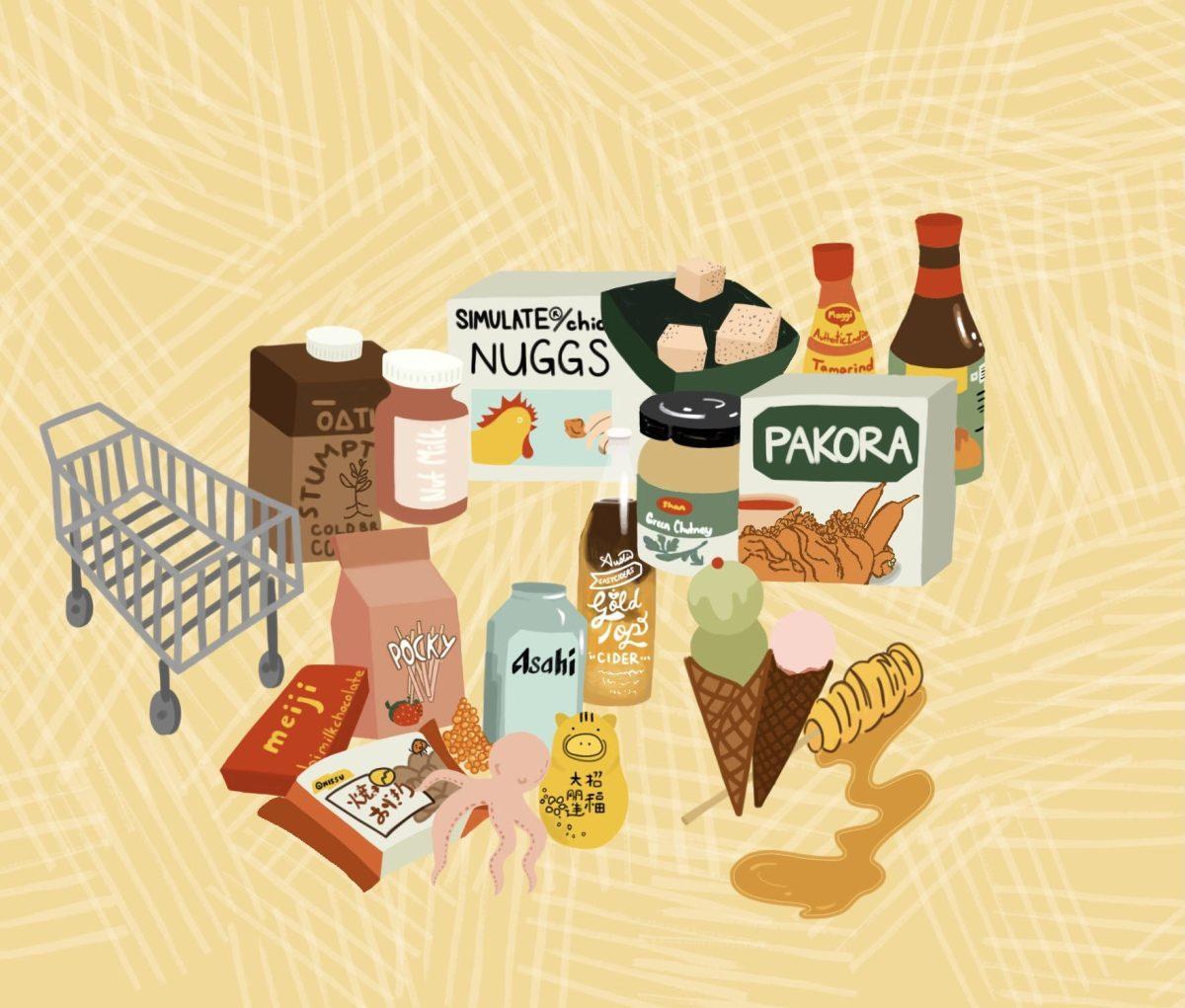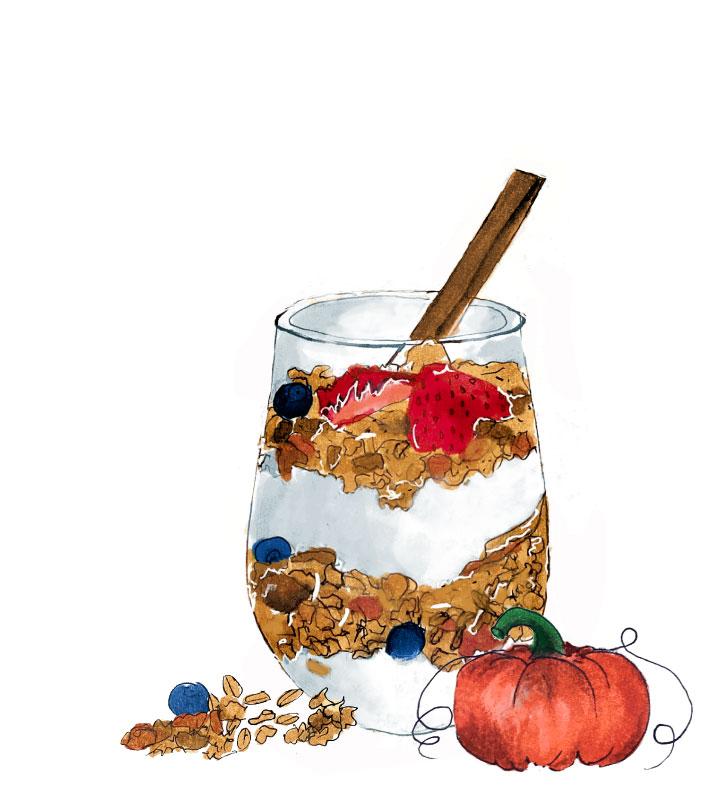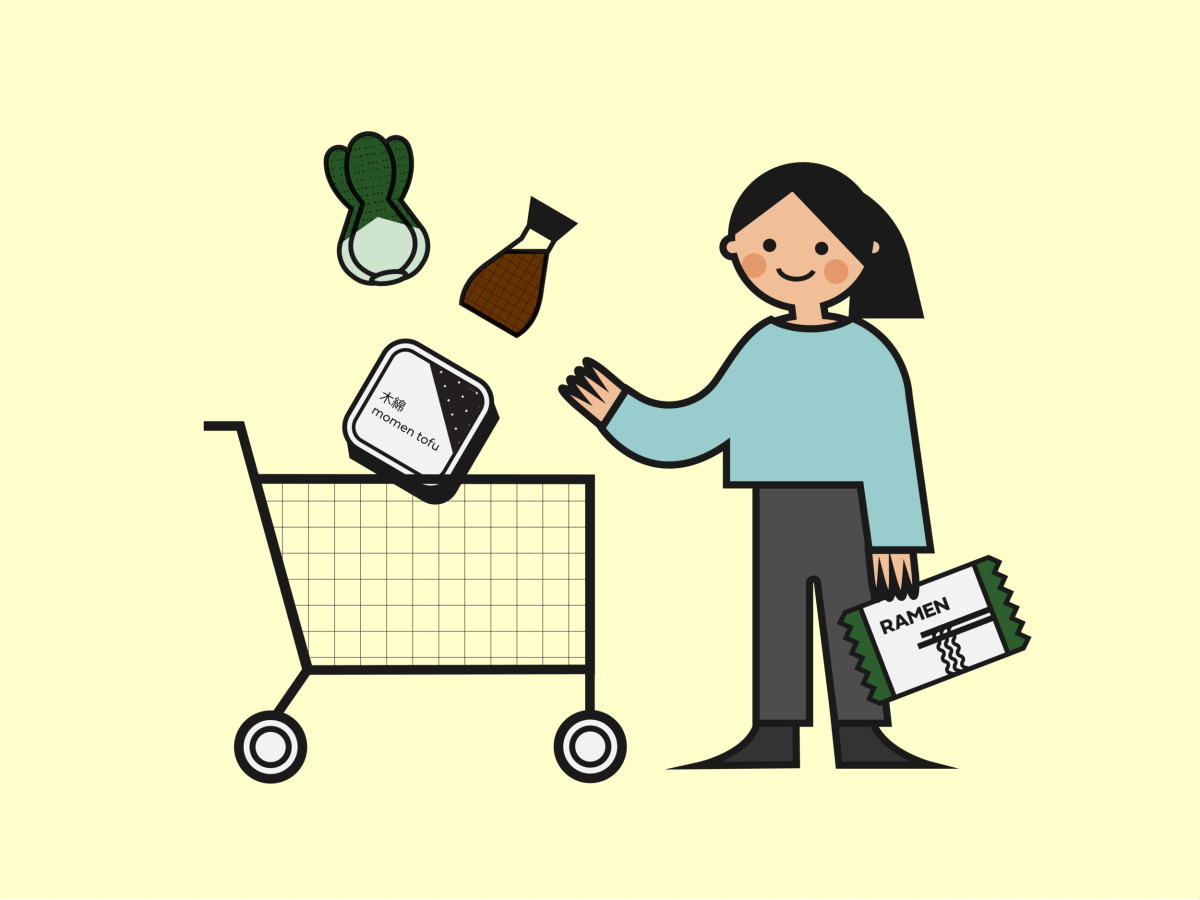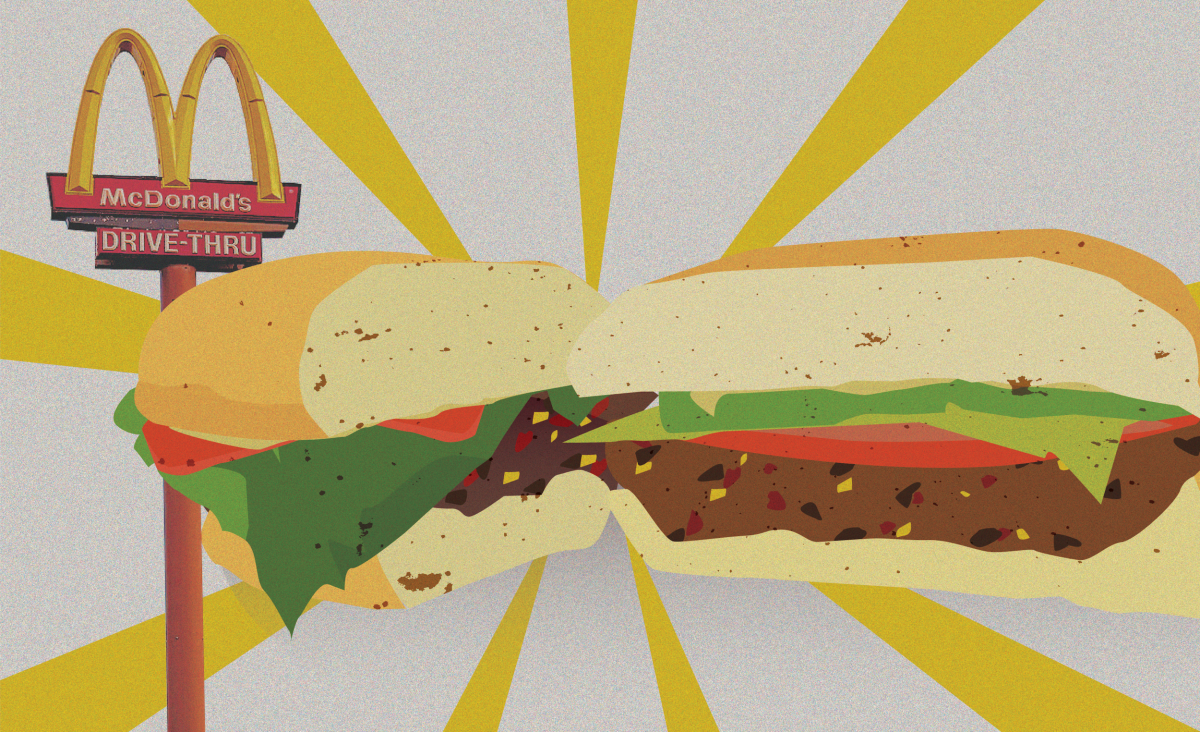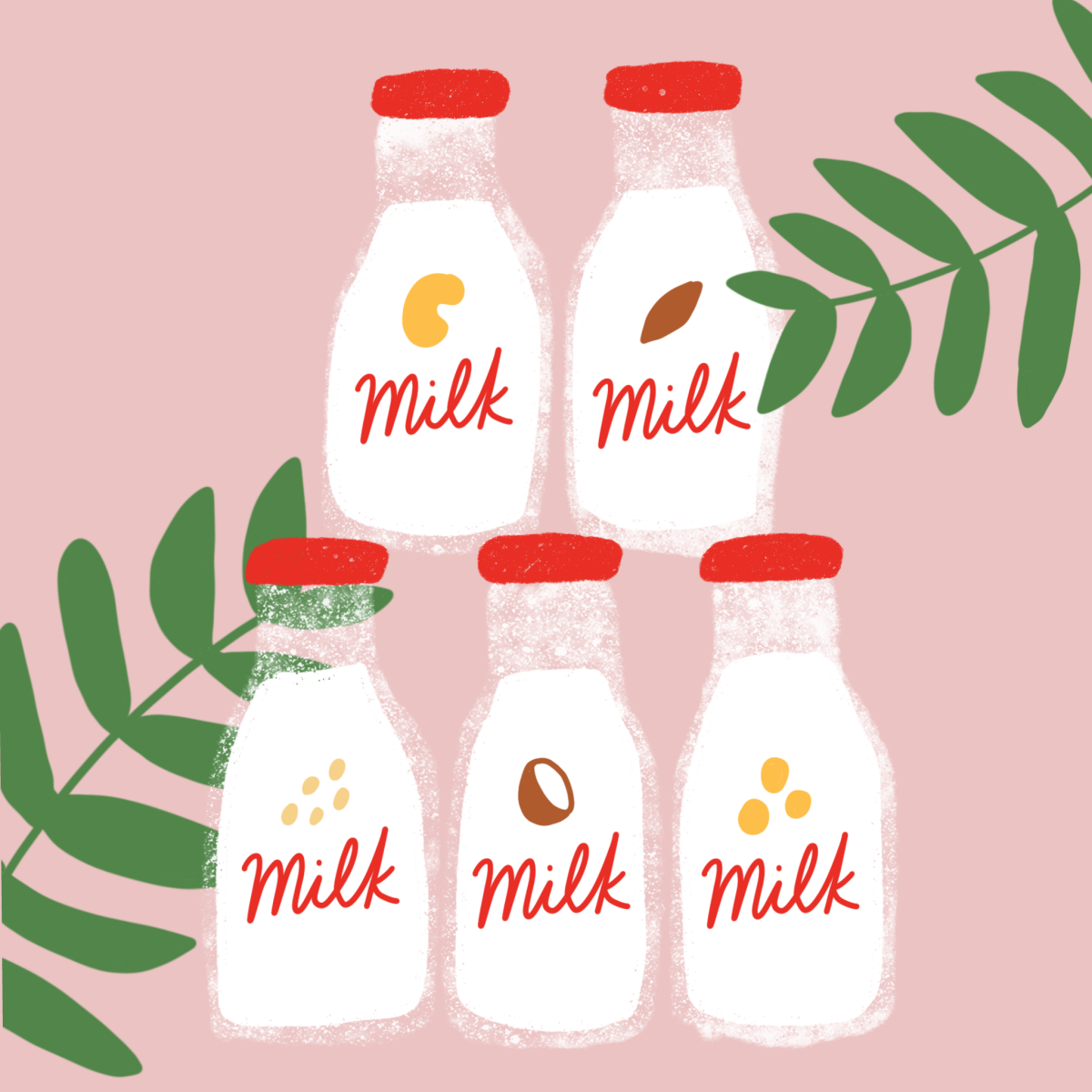“Boocha Queen!” one of Rachel Brumbelow’s housemates shouts from the other side of the industrial kitchen. “Teach me your secrets!” Rachel laughs warmly and continues pouring her homemade kombucha into large glass bottles. Her stainless steel workspace is littered with chopped fruit, and on her left is a gallon-sized glass jar with something brown floating on top.
Story and Photos by Sara Benner
One summer day in 2008, Rachel and her sisters went for a bike ride to the grocery store. They bought a bottle of kombucha and brought it home to show their father, Robert Brumbelow, who has a penchant for growing live cultures in the kitchen and recreating restaurant meals at home. He was intrigued and began making kombucha for his family.
Now that Brumbelow has moved away from home, the third-year UT psychology major has started making kombucha herself to save a few bucks and get her fix regularly. “There is some science to it, but you put it in your cabinet and let it do its thing. You don’t even have to touch it or worry about it,” Brumbelow says.
There are two main phases in the making of kombucha, once you have acquired a mother culture, or scoby — a symbiotic culture of bacteria and yeast. In the first phase, you pour sweetened tea into a large jar and let the scoby rest on the surface for about a week. Then, in the second stage of fermentation, you transfer the fermented tea into smaller bottles and add fruit, juice or herbs. The tea carbonates and converts the still, tart beverage into a sweeter bubbly one, like soda pop.
For Brumbelow, Sundays are bottling days. She bottles that week’s first fermentation of tea into large swing- top glass bottles and flavors it with fruit. She then boils another pot of sweet tea, and, once it cools, she pours it into her glass jar and puts the scoby back on top. The weekly ritual takes between 30 to 40 minutes.
This kombucha experiment was a natural choice for Brumbelow — her family is adventurous when it comes to food, to say the least. Her mom dabbles in making her own kefir, a fermented milk drink. Her father, Robert, also enjoys making his own foods, from kimchi to vinegar. “My entry to it was, ‘Gosh that’s expensive, I bet we could make that ourselves.’ I’m also a bit of a foodie, so it was not a strange territory for us to explore,” he says.
But after Brumbelow moved away to college, she missed having kombucha around. Since a store-bought bottle ranges between $3 and $4, she started making it at home like her father. “She could be closeted in her room, making kombucha and no one knows about it. Part of it is a social thing, you get to share it with people,” Robert says.
While Robert primarily flavors his kombucha with juices, Rachel prefers to use fresh fruits and herbs and keeps a running list of flavor ideas on her computer’s home screen. Her favorite flavors so far are ginger and cranberry grape. “It’s more cost-effective and a lot of fun to drink it with your friends. It’s exciting when you pop the bottle, and it starts fizzing like champagne,” Brumbelow says.
Rachel Brumbelow’s Kombucha Recipe
Ingredients
14 cups water
1 cup sugar
5-7 bags of black tea or 3 tablespoons of loose black tea (if you’d rather use white or green tea, you can)
2 cups starter tea (from where your scoby was growing)
1 gallon glass or ceramic container
1-2 glass bottles with air-tight lids
Instructions
Bring water to a boil, then remove from heat and quick- ly add tea and sugar. Let tea cool to room temperature, then pour into 1-gallon container. Add your 2 cups of starter tea. Place your scoby on top (recipe below.) Cover with a paper towel or washcloth, securing it with a rubber band. Let sit in a cool, dark place (like a closet or pantry) for about a week.
To begin the second fermentation process, pour kom- bucha into glass bottles with air-tight caps or lids. Don’t fill it up all the way — only just below the bottle’s neck. Add between 1⁄4 to 1⁄2 cup of fresh or frozen fruits or veg- etables. You can also experiment with herbs and flavor extracts. Seal the bottles and keep in a cool place, undis- turbed for two to three days.
Put your bottles in the fridge to stop the second fermen- tation process. Once chilled, carefully open your bottles, pour and enjoy!
To start your next batch, measure out 2 cups of your kombucha and save. This will be the starter tea for the fresh sweet tea. Always save some kombucha as starter tea. Clean your second fermentation bottles and repeat!
Scoby Recipe
If you don’t know anyone who can give you a slice of their scoby, and would rather not order one from the Internet, this recipe is an easy method to make home- made scoby from a store-bought bottle of unflavored, raw kombucha:
Ingredients
1 16-ounce unflavored bottle of kombucha (GT’s original flavor works well)
1 gallon glass jar
Wash cloth or paper napkin
Rubber band
Instructions
Pour the entire bottle of kombucha into your glass jar. Cover with cloth or napkin and secure with elastic. Let sit undisturbed in a cool place until scoby forms (when Brumbelow made her first scoby this way, it took about three weeks until it was a quarter-inch thick).































